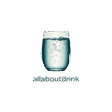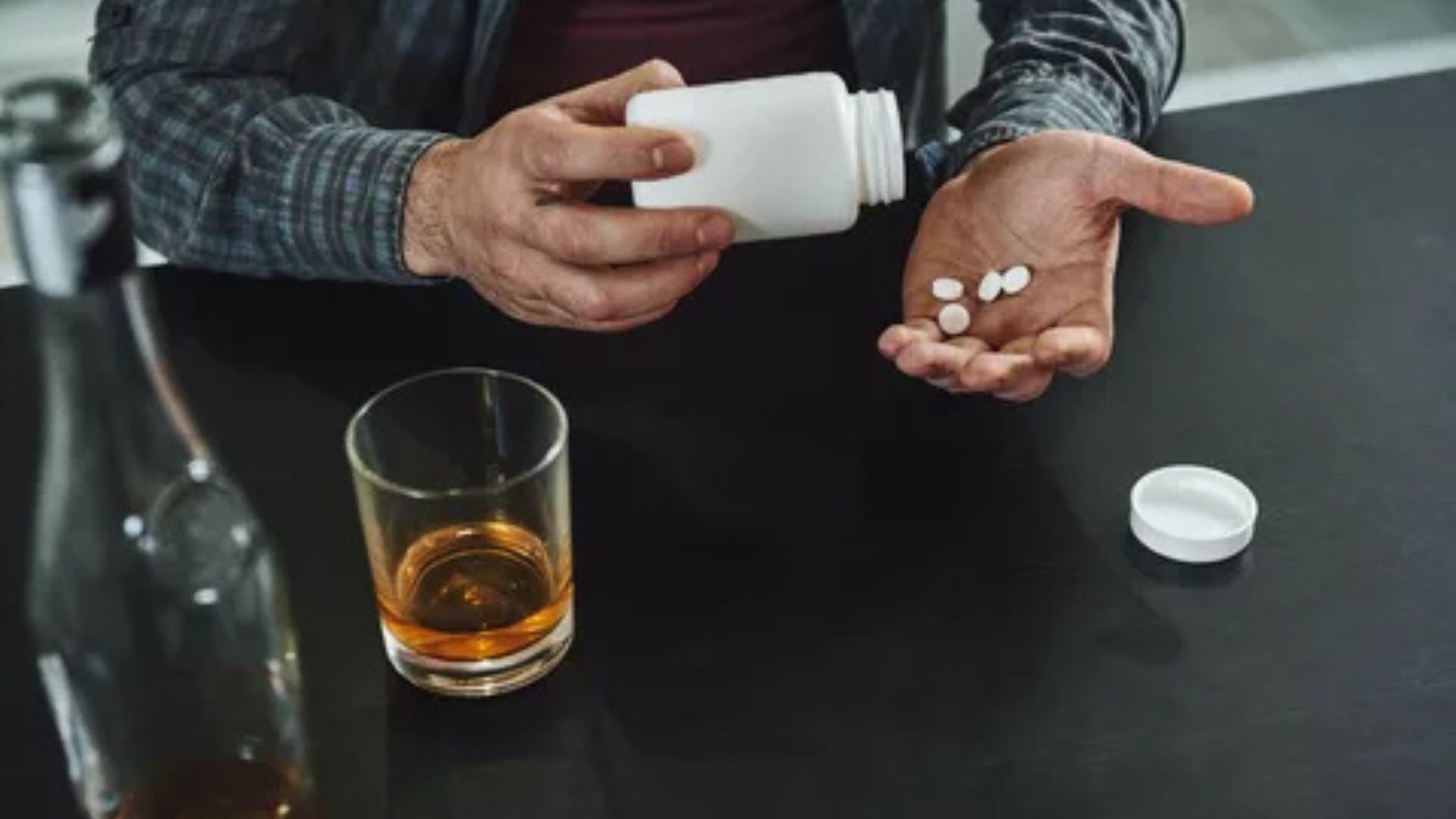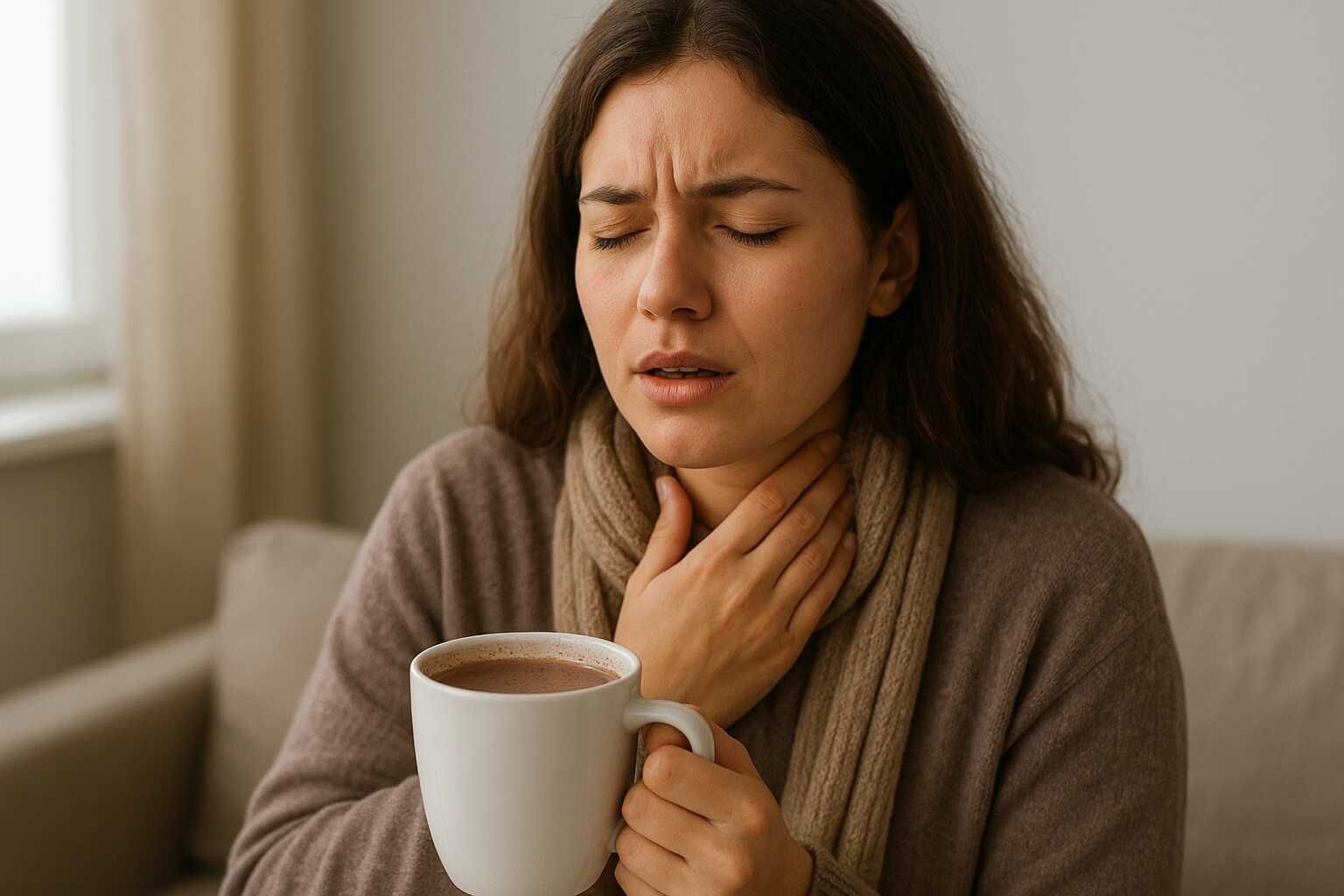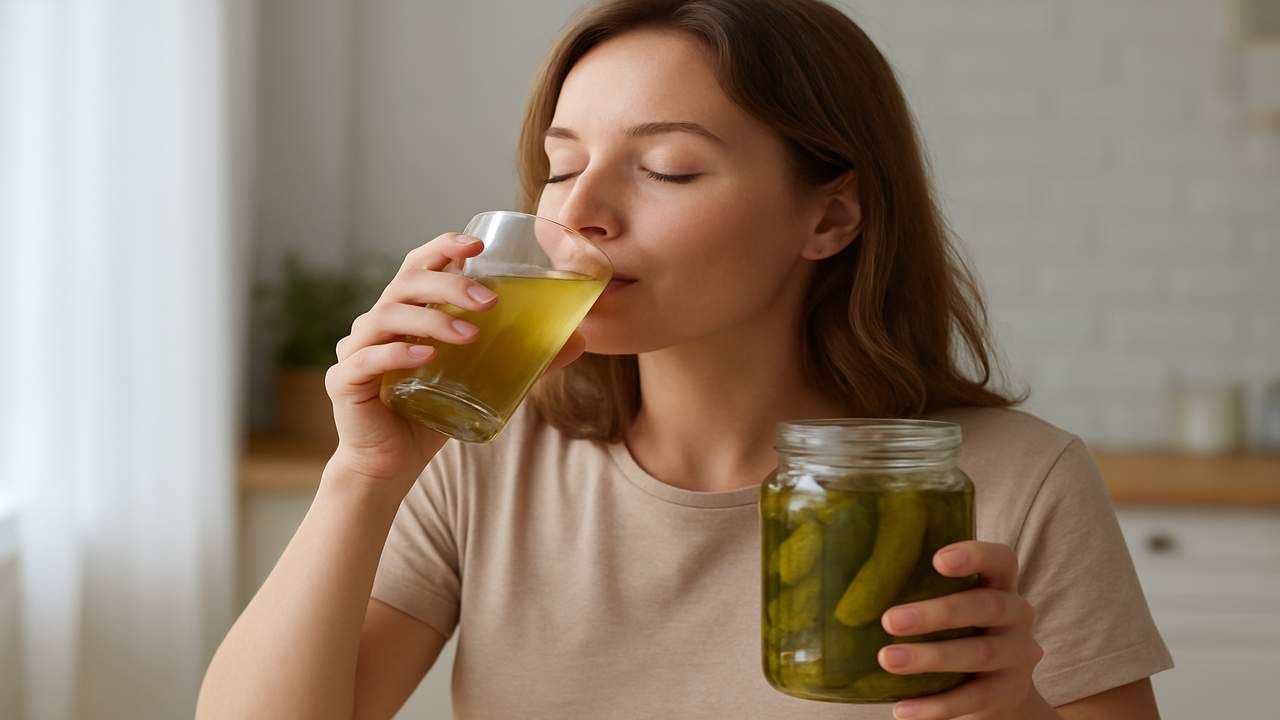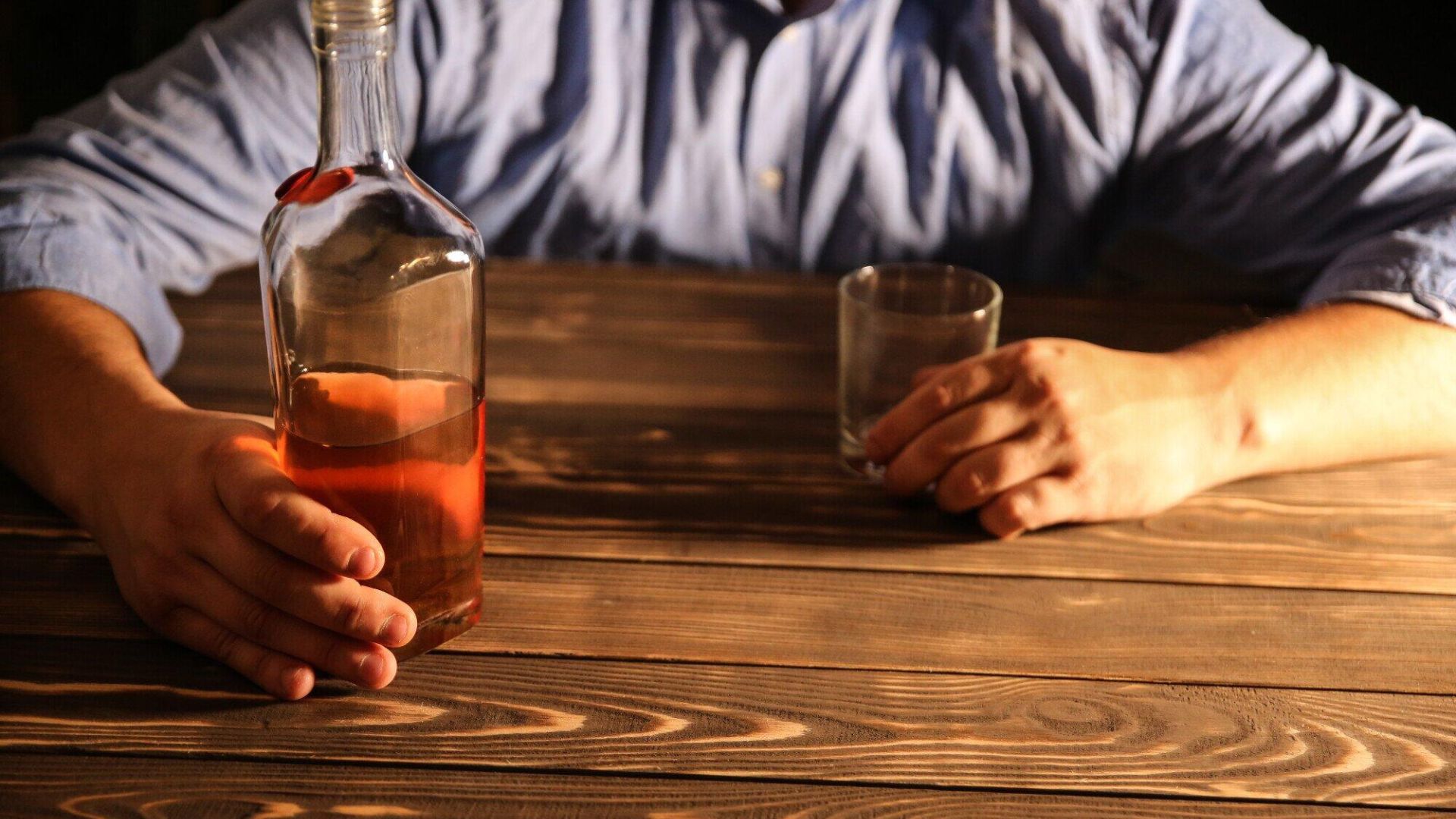You should wait at least 24–48 hours after drinking before taking Xanax. This allows your body to fully process alcohol and reduces the risk of dangerous side effects like drowsiness, slowed breathing, and overdose.
Introduction: Alcohol and Xanax Interaction
If you’ve ever wondered “how long after drinking can I take Xanax?” you’re not alone. Many people prescribed Xanax for anxiety or sleep disorders also drink alcohol occasionally, but few realize how dangerous mixing the two can be.
Xanax (alprazolam) is a benzodiazepine that slows activity in the brain and central nervous system. Alcohol works in a very similar way—also as a depressant. When combined, they amplify each other’s effects, leading to drowsiness, poor coordination, slowed breathing, and in severe cases, overdose.
Even small amounts of alcohol can interact with Xanax in unpredictable ways. The risk isn’t just immediate—it can also depend on how recently you drank, how much alcohol is still in your system, and your overall health. Understanding the safe waiting period before taking Xanax after alcohol isn’t about being overly cautious—it’s about protecting your body and preventing life-threatening complications
How Long After Drinking Can I Take Xanax?
The short answer to “how long after drinking can I take Xanax?” is at least 24 to 48 hours after your last drink. This window gives your body enough time to metabolize most or all of the alcohol in your system. Since alcohol and Xanax both act as central nervous system (CNS) depressants, overlapping them—even slightly—can dramatically increase risks like extreme drowsiness, poor coordination, slowed breathing, or even overdose.
How long you should wait depends on several factors, including how much you drank, your metabolism, body weight, liver function, and whether you take Xanax regularly or only as needed. For someone who had just one drink, waiting a full 24 hours may be enough, but for heavier drinking or binge episodes, the safe gap may be closer to 48 hours or longer.
It’s also important to consider that alcohol lingers in the body longer than most people realize. Even if you “feel sober,” your liver may still be processing residual alcohol, and mixing Xanax at this stage is still unsafe. The safest approach is to follow medical guidance and never assume it’s fine to take Xanax too soon after alcohol.
Why Mixing Xanax and Alcohol is Dangerous
Mixing alcohol and Xanax is never safe, even if the amounts seem small. Both substances are classified as central nervous system depressants, meaning they slow brain activity, reflexes, and breathing. When taken together, the sedative effects multiply rather than cancel out.
This can lead to extreme drowsiness, poor coordination, slurred speech, confusion, or blackouts. In more severe cases, the combination may cause dangerously slow breathing, coma, or even death.
Another concern is that alcohol alters how medications are absorbed and processed in the body. When you drink and then take Xanax, the liver has to work harder to break down both substances. This increases the likelihood of side effects and heightens the risk of overdose.
Even if you think you only had “a couple of drinks,” the danger is unpredictable. Everyone metabolizes alcohol differently, and Xanax doses vary. That’s why health experts strongly advise against taking Xanax too soon after drinking. Whether it’s a glass of wine, beer, or liquor, the safest option is to wait until alcohol is fully cleared from your system before taking your prescription.

Alcohol Metabolism and Xanax Half-Life Explained
| Factor | Alcohol | Xanax (Alprazolam) |
|---|---|---|
| Metabolism Pathway | Primarily processed by the liver | Primarily processed by the liver |
| Average Clearance Rate | About 1 standard drink per hour | Half-life of ~11 hours in healthy adults |
| Variation Factors | Body weight, age, sex, hydration, liver health, amount consumed | Age, liver function, overall health, other medications |
| Extended Duration | Heavy drinking or binge sessions can leave alcohol in the system much longer | In older adults or liver impairment, half-life may extend to 16+ hours |
| Risk When Combined | Increases strain on liver, slows recovery | Dangerous when taken while alcohol is present—raises risk of sedation, respiratory depression, and overdose |
Factors That Influence Safe Waiting Time
The safe waiting period before taking Xanax after alcohol isn’t the same for everyone. Several factors can shorten or lengthen the time your body needs to fully clear alcohol:
- Amount of alcohol consumed: A single glass of wine may metabolize in a few hours, while several drinks in one night can take more than a full day.
- Type of alcohol: Stronger drinks like liquor or cocktails with high alcohol content remain longer in your system compared to beer or light wine.
- Frequency of drinking: Regular or heavy drinkers often process alcohol differently than occasional drinkers, sometimes prolonging clearance.
- Xanax dosage: Higher doses of Xanax carry more risk when combined with alcohol, even if you wait.
- Health conditions: Liver disease, sleep disorders, or other medications can slow alcohol metabolism, making interactions more likely.
Because these factors vary widely, there’s no universal answer to “how long after drinking can I take Xanax.” For many people, waiting 24–48 hours is the safest bet, but your doctor may recommend an even longer gap based on your health and prescription history.

Safer Alternatives During Recovery
If you’re anxious or struggling with sleep after drinking, it may feel tempting to reach for Xanax. But if you’re within that 24–48 hour window, it’s best to explore safer alternatives until alcohol is completely out of your system.
Hydration is key. Drinking plenty of water or electrolyte solutions helps your body process alcohol faster and reduces hangover effects. Herbal teas such as chamomile or peppermint can promote relaxation without interfering with recovery. Gentle practices like mindful breathing, stretching, or meditation can also ease anxiety and restlessness naturally.
If your symptoms are persistent, non-alcohol-based sleep aids or over-the-counter calming supplements (used only under medical guidance) may offer temporary relief. The most important step, however, is to avoid doubling up alcohol and Xanax. By choosing safe, supportive options during recovery, you give your body time to reset without adding dangerous risks into the mix.
Medical Advice and Professional Guidelines
| Aspect | Guidance / Information |
|---|---|
| Most Reliable Source | Always follow your healthcare provider’s instructions, tailored to your dose & health. |
| General Waiting Period | Wait 24–48 hours after drinking before taking Xanax. Longer if heavy drinking or liver issues are present. |
| Official Medical Guidelines | Strongly warn against mixing alcohol and benzodiazepines under any circumstance. |
| Reason for Caution | Alcohol intensifies Xanax’s sedative effects, raising risks of falls, confusion, slowed breathing. |
| If Taken Too Soon | Seek emergency help if you experience unusual drowsiness, dizziness, or shortness of breath. |
| Safest Practice | Avoid alcohol altogether while using Xanax; consult your doctor before resuming after drinking. |
.
FAQs
1. How long after drinking can I take Xanax safely?
Most people should wait 24–48 hours after their last drink before taking Xanax. This allows time for alcohol to leave your system and reduces the risk of dangerous interactions.
2. Can I take Xanax the morning after drinking?
If you drank heavily the night before, alcohol may still be in your body the next morning. It’s safer to wait a full day, or longer, depending on how much you consumed.
3. Is one drink safe with Xanax?
No. Even a single glass of wine, beer, or liquor can interact with Xanax, increasing sedation, dizziness, and impaired coordination.
4. What happens if I take Xanax too soon after alcohol?
You may experience extreme drowsiness, slowed breathing, memory blackouts, or in severe cases, overdose.
5. How can I manage anxiety if I recently drank?
Stay hydrated, rest, and use calming practices like deep breathing or herbal tea. If symptoms persist, consult your doctor rather than mixing Xanax and alcohol.
